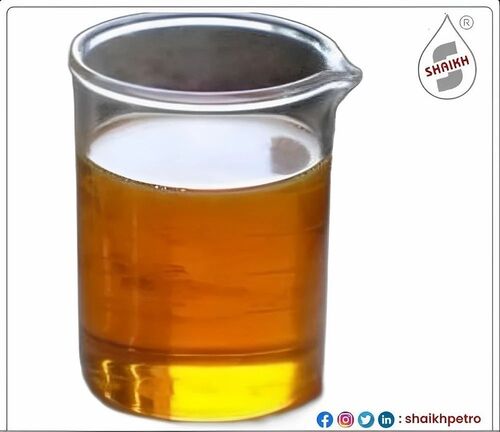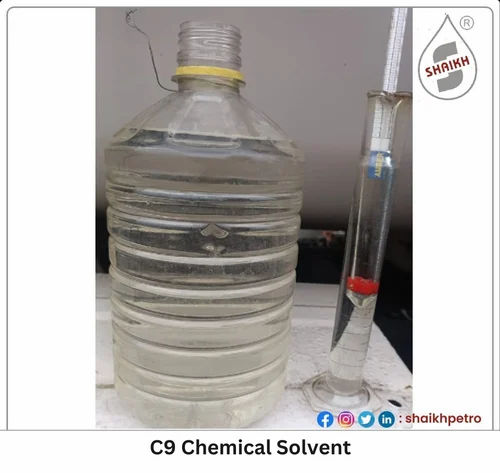Recycled Base Oil
Product Details:
- Chemical Name Recycled Base Oil
- Other Names Base Oil
- CAS No 8002-05-9
- Application Paint Coating
- Usage Lubrication
- Shelf Life Infinite
- Purity(%) 100
- Click to View more
Recycled Base Oil Price And Quantity
- 20 Kilograms
- 58.00 INR/Ton
Recycled Base Oil Product Specifications
- 8002-05-9
- Lubrication
- 100
- Base Oil
- Paint Coating
- Infinite
- 6
- Recycled Base Oil
Recycled Base Oil Trade Information
- Cash in Advance (CID) Cheque Cash on Delivery (COD) Cash Advance (CA)
- 10000 Kilograms Per Day
- 3 Days
- Barrel/
- All India
- none
Product Description
Base oil, also known as base stock, is the primary component of lubricating oils used in various machinery and automotive applications. It serves as the foundation for the formulation of lubricants, providing essential properties such as viscosity, thermal stability, and lubricity. Base oils can be derived from different sources and undergo various refining processes. Here are some key points about base oil:
-
Sources: Base oils can be derived from different feedstocks, including crude oil, synthetic hydrocarbons, and vegetable oils. The most common source is crude oil, which undergoes refining processes to produce base oil.
-
Refining Processes: Base oils are produced through refining processes such as distillation, hydrotreating, hydrocracking, and dewaxing. These processes remove impurities and unwanted components, creating a stable and effective lubricating oil.
-
Viscosity Grades: Base oils are classified into different viscosity grades based on their viscosity characteristics. Common viscosity grades include ISO VG (International Standards Organization Viscosity Grade) and SAE (Society of Automotive Engineers) grades.
-
Viscosity Index (VI): The viscosity index is a measure of how the viscosity of a fluid changes with temperature. Higher VI indicates better viscosity stability over a range of temperatures.
-
Additives: While base oils provide essential lubricating properties, additives are often mixed with base oils to enhance specific performance characteristics. Additives can improve properties such as oxidation resistance, wear protection, and detergency.
-
Types of Base Oils:
- Mineral Base Oils: Derived from crude oil, mineral base oils are the most common and widely used. They come in different viscosity grades.
- Synthetic Base Oils: Chemically synthesized base oils with uniform molecular structures. Examples include polyalphaolefins (PAO), diesters, and polyalkylene glycols (PAG).
- Vegetable Base Oils: Derived from plants, such as canola or soybean oil, these are used in environmentally friendly lubricants.
-
Applications: Base oils are a critical component in the formulation of lubricants used in automotive engines, industrial machinery, hydraulic systems, gearboxes, and more. The selection of the appropriate base oil depends on the specific requirements of the application.
-
Group Classification: Base oils are often categorized into different groups based on their properties and refining processes. Common group classifications include Group I, Group II, Group III, Group IV (synthetic), and Group V (including various specialty oils).






